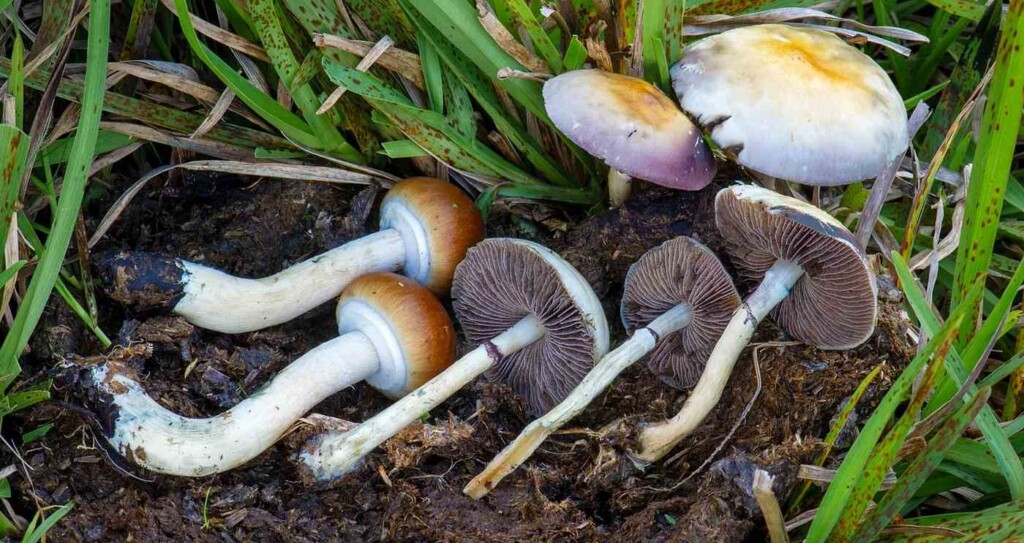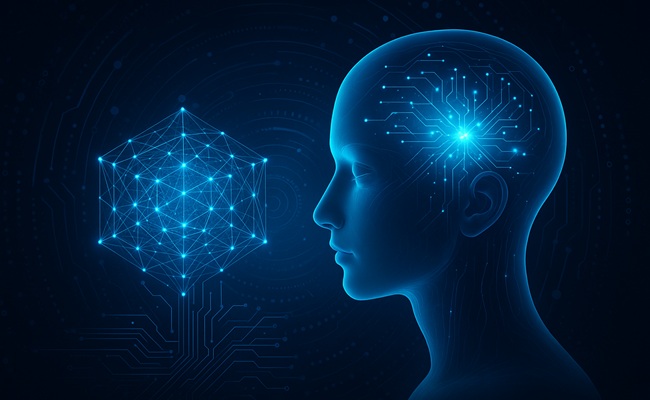
Reprinted with permission from World at Large.
Researchers have discovered that the active compound in psychedelic mushrooms can extend lifespan and reduce cellular aging by 50% in human cells and 30% in elderly mice.
The experiments reveal another potential therapeutic use of the compound—called psilocybin—which has already been studied as a treatment for a myriad of other conditions.
The team from Emory University are calling it the first ever long-term study evaluating the systemic effects of psilocybin in aged mice. The animals were the equivalent of 60 to 65 in biological human years, and exhibited hair loss and greying, as well as reduced physical activity.
The mice were dosed with psilocin, the active ingredient in psilocybin that appears once the latter is broken down during digestion. The mice received a low level at first, and eventually with a higher dose of 15 milligrams once a month for 10 months.
Within the first 3 months, the mice receiving psilocybin exhibited signs of youth, including fewer instances of greying and hair loss—including a reversal of these symptoms—and a general improvement in physical activity. By trial’s end, the mice that received psilocybin had a 30% increased lifespan on average than the control group.
To date, more than 150 clinical studies have been completed or are ongoing for examining psilocybin in the treatment of various clinical conditions, including anxiety, depression, addiction, neurodegenerative diseases like Alzheimer’s, chronic physical pain, and more.
The authors cite a study from 2020 which found that a single-dose of psilocybin can improve debilitating physical and psychological symptoms with improvements lasting up to and beyond 5 years post-dosage.

Method behind the magic
This literature has firmly established that psilocybin acts strongly on a particular serotonin receptor called 5-HT2A, as well as several other 5-HT receptor subtypes. Notably, the 5-HT2A receptor is expressed in multiple organs and cell types, including fibroblasts, neurons, cardiomyocytes, endothelial, epithelial, macrophages, and T-cells, the authors write.
Those are skin, brain, heart, and various immune cells in layman’s terms. In the brain, 5-HT2A stimulation was followed by the activation of one of the body’s most important determinants in aging, a pathway called SIRT1. This is heavily involved in the regulation of cellular senescence, a process by which cells that old become redundant, nondividing, and inflammatory, before eventually being cleared away.
“Here, we demonstrate that psilocin increased SIRT1 expression in cells, suggesting a potential mechanism by which psilocybin delays senescence and promotes longevity. This study provides the first experimental evidence suggesting that psilocybin may impact multiple hallmarks of aging, including delayed senescence, preservation of telomere length, [and] enhanced DNA stability,” the authors wrote in their study, published in Nature Partner Journal’s Aging.
“Beyond its neurological and psychological benefits, our findings suggest that psilocybin influences systemic aging processes, potentially explaining its long-lasting therapeutic effects across multiple disease indications”.
The scientists also tested the effects of psilocin on human fibroblast cells from the lung in vitro, continually dosing them with the psychoactive compound or a placebo until they reached replicative senescence, or the point at which the cell has divided around 50 times and then stopped.
Psilocin treatment of 10 micrograms resulted in a 29% extension of cellular lifespan, characterized by delayed exhaustion of proliferative potential, increased cumulative population doublings, and decreased population doubling time. Strikingly, when increased to 100 micrograms, 29% lifespan extension became 57%.
The psilocin-dosed fibroblasts were also observed to have increased SIRT1 activity, and a preserved telomere length.
The authors concluded their paper by describing psilocybin as a potentially “disruptive” pharmacological agent—an all-too-real suggestion considering the depth of therapeutic potential that has already been established in non-psychotic individuals using psilocybin for all manner of ailments, the reluctance of major pharmaceutical companies to explore psilocybin as a potential produce ingredient, and the sweeping illegality of psychedelic mushrooms in most of the world. WaL
SHARE This Incredible Research With Your Friends In Mushroom-Legal States…


